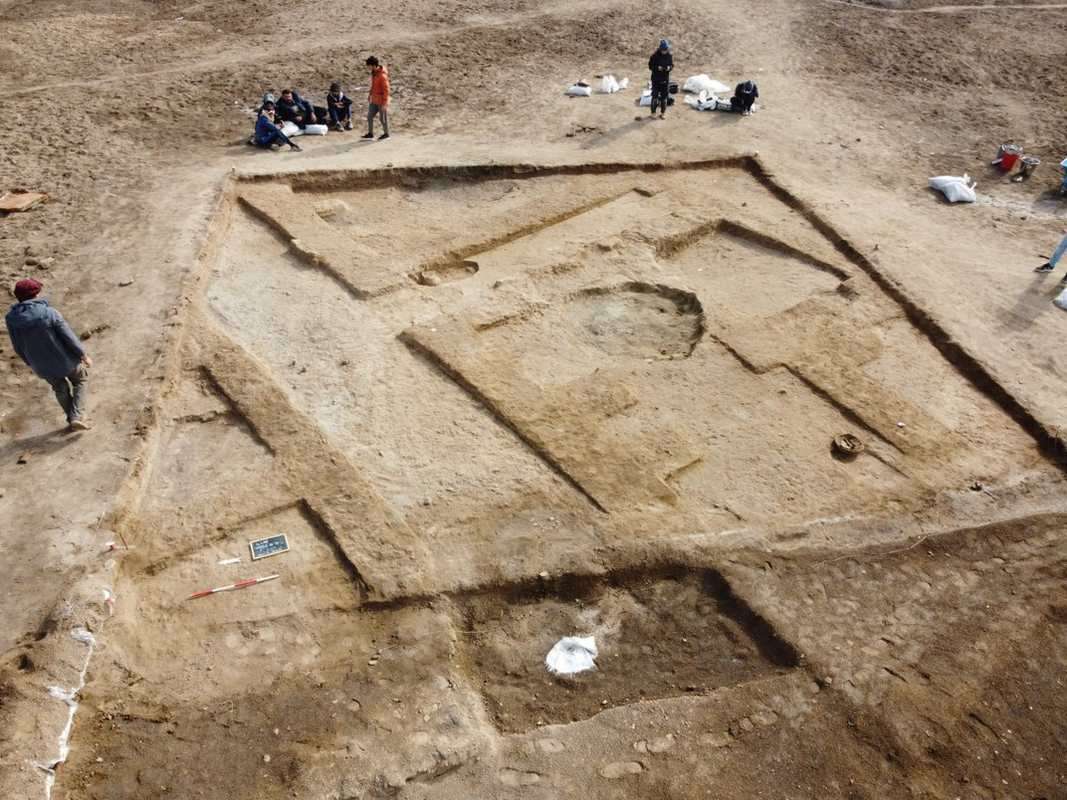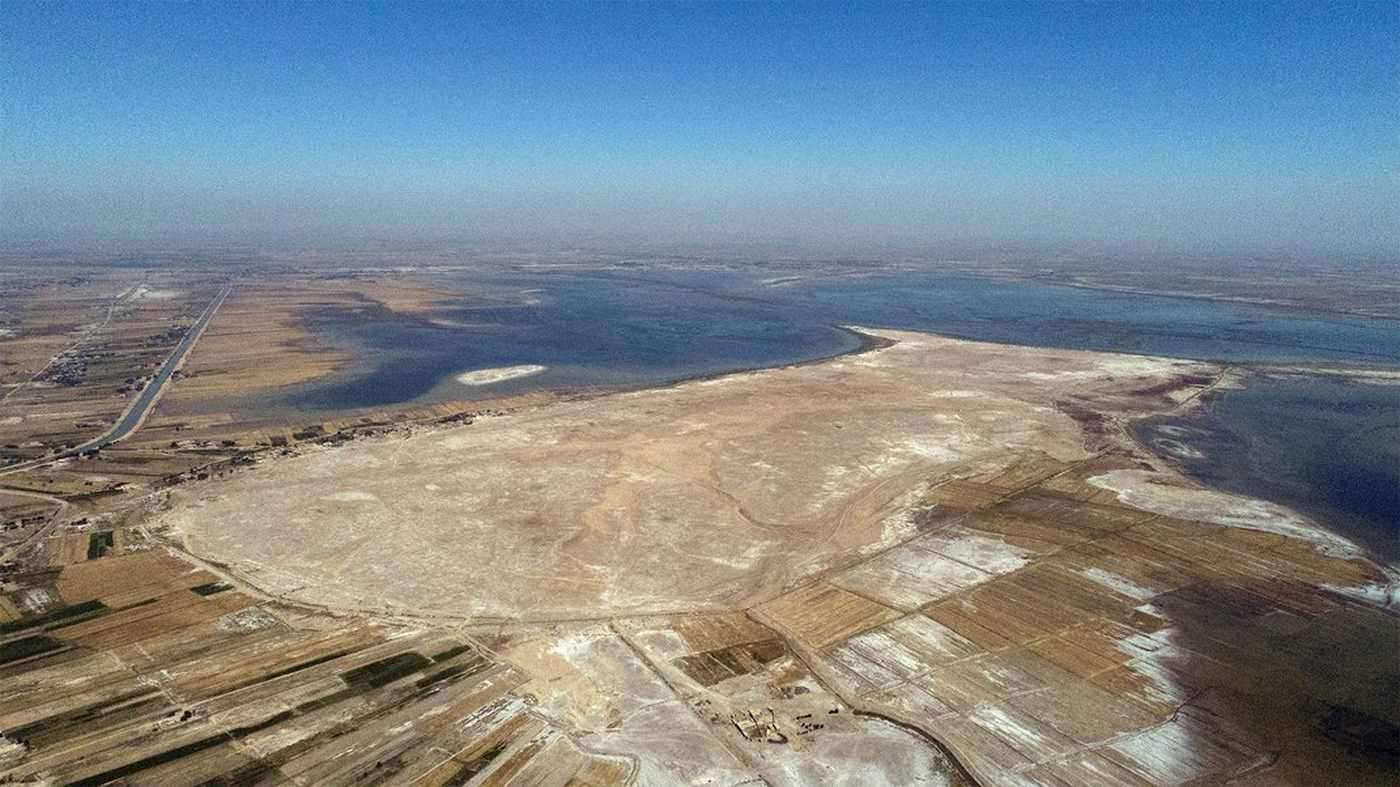In 'Mega Milestone' India Connects 80 Million Rural Households to Water Supply in Just 4 Years
The Jal Jeevan Mission hopes to connect every household in the country to public water systems by 2024, and it's flowing along nicely.

It doesn't get much older than Sumeria, but even the modern concept of going out to eat was already established 1,000 years before the Great Pyramids were built.
In the ancient Near Eastern city-state of Lagash, the foundations of a tavern were recently found by archaeologists that included an open-air sitting area, and a kitchen complete with a clay oven, clay chiller, and ancient crockery.
One of the oldest areas in Ancient Mesopotamia, Lagash was already inhabited in the fifth millennium BCE. Today it's located on a mound 4,000 yards in length and 2,000 yards in width.
A joint project of the Univ. of Pennsylvania Museum, Cambridge University and the State Board of Antiquities and Heritage in Baghdad has renewed work at this critically important settlement as recently as 2019.
Using new magnetometry techniques and sedimentary analysis, the renewed work is taking a different approach to archaeology compared to past excavations of the city.
"It's not like old-time archaeology in Iraq," says Zaid Alrawi, project manager for the Lagash project at the Penn Museum, in the statement. "We're not going after big mounds expecting to find an old temple. We use our techniques and then, based on scientific priority, go after what we think will yield important information to close knowledge gaps in the field."

According to established records of the procession of Mesopotamian city-states, Lagash might be the fourth such large important settlement in the area, following Eridu the first city, Uruk, and Ur.
Among the tavern's contents were conical eating dishes which contained the remains of fish, a staple among ancient Mesopotamian settlements, and other storage jars that contained food.
It goes to show, according to the archaeologists, that the city wasn't simply divided into the priestly and royal strata, and the lower classes, but rather contained a middle class as well who could afford to eat out as it were.
"The fact that you have a public gathering place where people can sit down and have a pint and have their fish stew, they're not laboring under the tyranny of kings," says Reed Goodman, an archaeologist at the University of Pennsylvania, to CNN. "Right there, there is already something that is giving us a much more colorful history of the city."
SHARE This Piece Of Ancient Ancient, History With Your Friends…
Be the first to comment